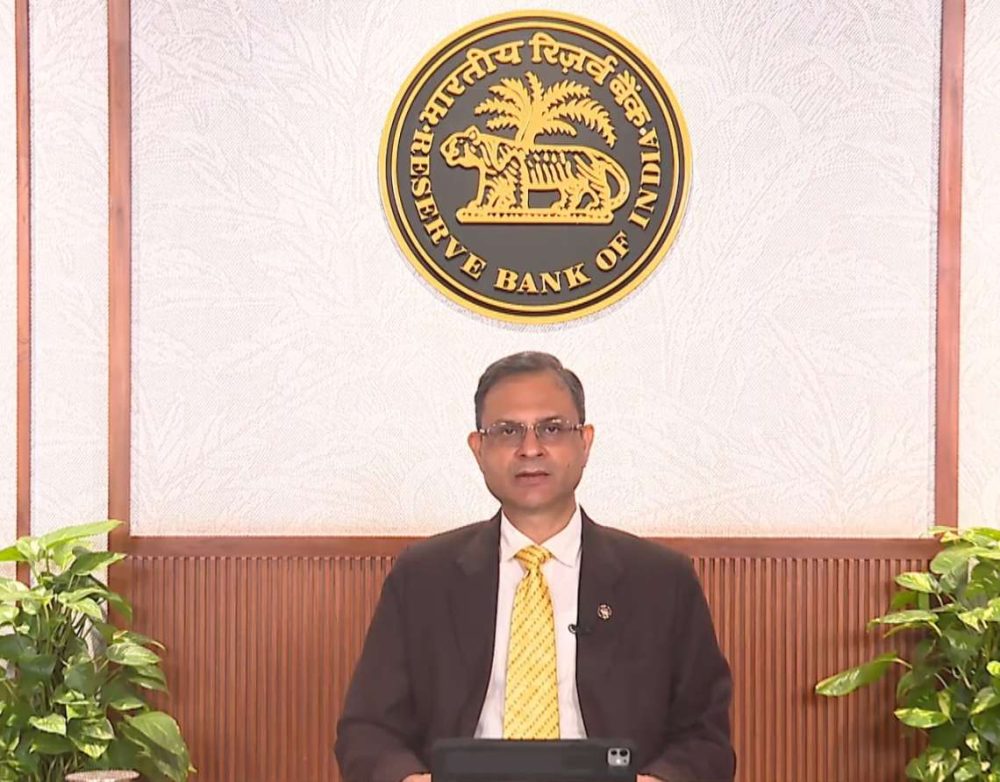This growth surpasses the average increase of $175 billion experienced over the last decade….reports Asian Lite News
Driven by the production-linked incentive (PLI) scheme, the country’s manufacturing sector is projected to expand threefold, reaching a market size of $1.66 trillion from the current $459 billion (FY24), a report showed on Tuesday.
This growth surpasses the average increase of $175 billion experienced over the last decade.
The manufacturing sector’s contribution to the GDP is anticipated to rise from 14 per cent in FY24 to 21 per cent by FY34, bolstered by lower logistics costs and improved infrastructure, according to the report by DSP Mutual Fund.
Investments in infrastructure are set to climb from 33 per cent of GDP in FY24 to 36 per cent by fiscal year 2029, sparking a ripple effect on the economy.
“We continue to be positive on the manufacturing theme as we believe most of the segments are at the cusp of a significant pickup in demand which would drive earnings growth for the companies,” said Charanjit Singh, Fund Manager, DSP Mutual Fund.
The last five years focused on key reforms by the government and policy changes.
“We believe that the period from FY 25-30 is going to be about execution,” Singh added.
Private capex which had been weak for a very long time could witness a revival from FY26 led by rising utilisation levels, strong corporate balance sheets and political stability, the report mentioned.
The PLI scheme has the potential for significant capital expenditure. It’s anticipated that sectors will spend around $39 billion between fiscal years 2024 and 2026.
“While current PLI investments are focused on pharmaceuticals, mobile phones, and solar PV modules, upcoming sectors like semiconductors, speciality steel, textiles, and automobiles are set to witness increased investment in the fiscal year 2025,” the report mentioned.
Sectors like power, defence, water and manufacturing are primarily fueled by demand rather than a push, it added.
Meanwhile, buoyed by the government policies, the Indian automotive and ancillary sector is likely to double its size to Rs 15 lakh crore, providing employment to over 19 million people by the end of 2023, a report said on Tuesday, adding that Indian corporates are navigating global challenges with superior risk handling.
The automotive and ancillary sector is projected to contribute 7.1 per cent to the national GDP, according to the report by ICICI Lombard in collaboration with Frost and Sullivan.
Two-wheelers currently dominate the sector with 77 per cent market share, followed by passenger cars at 18 per cent.
India currently ranks second globally in two-wheelers, seventh in commercial vehicles and sixth in passenger vehicles.
Government initiatives such as ‘Make in India,’ continued investments in infrastructure, and the promotion of sustainable energy management have played a pivotal role in bolstering sector resilience.
Meanwhile, despite facing global headwinds and increased risk exposure in certain sectors, Indian enterprises have demonstrated resilience and strategic advancements, leading to improved risk management scores, according to the report.
The Corporate India Risk Index (CIRI) 2023 shows an improvement in the risk index score from 63 in 2022 to 64 in 2023.
“The improved score is a testament to the efficient risk management practices adopted by Indian corporates in the face of global headwinds and challenges,” said Sandeep Goradia, Chief – Corporate Solutions Group at ICICI Lombard.
The manufacturing, metals and mining, and new-age sectors displayed notable advancements in their risk index scores.
“The steady improvement in risk index score for the country as a whole, combined with the fact that there are no sectors below the optimal risk index category, indicates a very positive outlook for Indian corporate,” said Aroop Zuthsi, Global President and Managing Partner at Frost & Sullivan.
The ongoing digital transformation and AI integration across sectors have further enhanced operational efficiencies and risk management practices, the report mentioned.
ALSO READ: Exciting News for Razorpay Users









